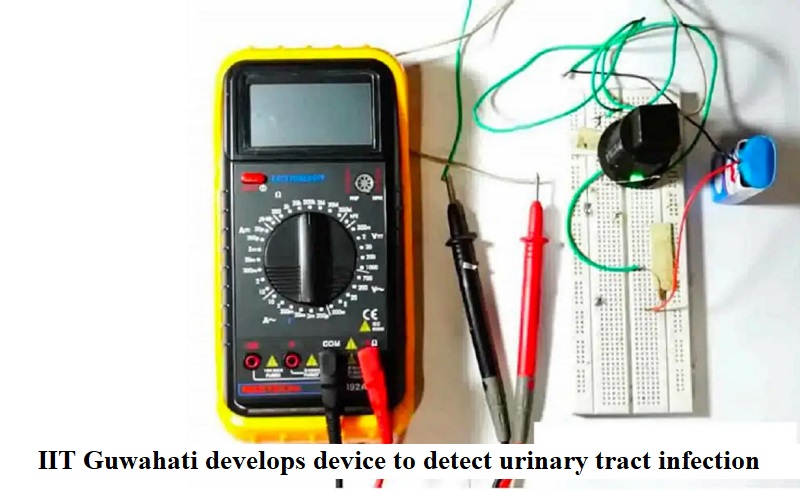
A research team from the prestigious Indian Institute of Technology (IIT), Guwahati, has achieved a significant milestone by developing a rapid and cost-effective 3D printed device to detect specific bacteria responsible for causing urinary tract infections (UTIs).
The team, led by Dr. Partho Sarathi Gooh Pattader, an Associate Professor in the Department of Chemical Engineering at IIT Guwahati, successfully created this device capable of accurately identifying the particular bacteria causing UTIs. Dr. Pattader explained that the device can detect the type of bacteria within a few minutes of conducting the test.
The technology utilizes gold nanoparticles with specially engineered aptamers, which act as 3D puzzle pieces that fit exclusively onto the surface of the targeted bacteria. Consequently, the gold nanoparticles cluster on the surface of the specific bacteria, emitting a unique signature that can be detected using a UV-Visible Spectrophotometer.
Beyond its accuracy, the test is gaining popularity due to its affordability and cost efficiency. The average manufacturing cost of a UTI analyzer is around Rs 75,000 (approximately $910), and testing a sample costs approximately Rs 800 ($10). However, the team’s innovative device can be manufactured for just Rs 608 ($7), and sample testing will cost only Rs 8.
When asked about their motivation for conducting this research, Dr. Pattader explained that since UTIs are becoming increasingly common, they aimed to develop a cost-effective device to detect the actual cause of UTIs, which predominantly affect women in rural areas.
While UTIs are a prevalent health issue, they are not inevitable. Dr. Pattader emphasized that preventing UTIs lies in maintaining proper hygiene and staying well-hydrated. If one already experiences UTI symptoms, early detection through tests is essential.
UTIs can be caused by various bacteria, with E. Coli bacteria responsible for about 80% of cases, K. Pneumoniae for approximately 17%, S. Aureus for 30%, and E. Faecalis bacteria for around 2%. The team’s study focused on detecting K. Pneumoniae, but the method is generic, and they demonstrated its applicability to detecting S. Aureus as well. With minor modifications, the prototype device can be used to detect other types of bacteria, and it not only detects them but also quantifies their concentration.

Post Your Comments